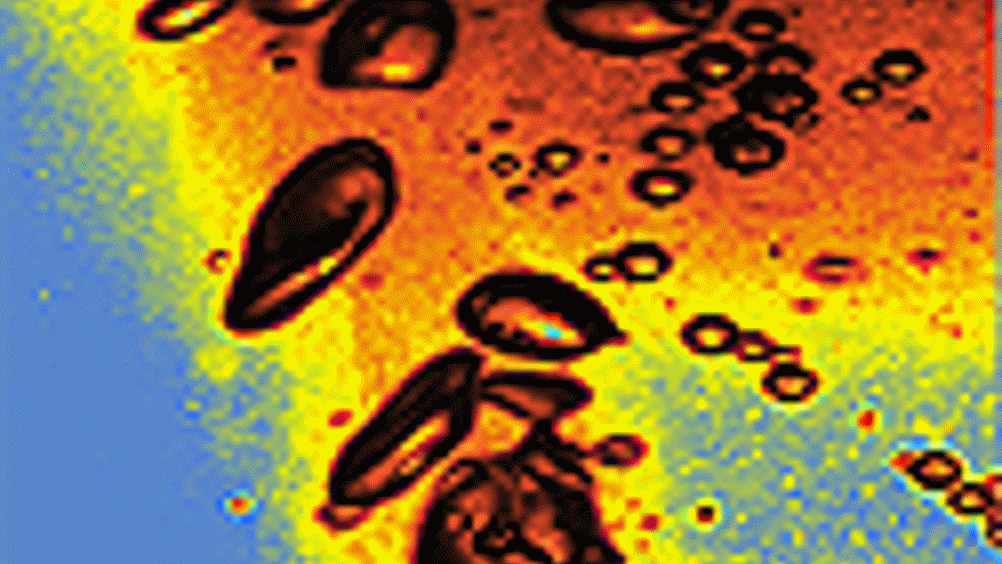Sound effects
Researchers have developed a measuring device to maximise the efficiency of cavitation processes used in manufacturing. Berenice Baker reports

A sensor that measures localised sonic cavitation could be used to monitor and improve the quality of numerous production processes, according to its developers at the
.
Ultrasonic cavitation is used to produce consistent crystalline pharmaceuticals and chemicals, clean printed circuit boards, aerospace and automotive components and sterilise medical equipment. It occurs when sound waves are passed through a fluid to oscillate bubbles of dissolved gas, causing them to implode and so generating heat and localised chemical effects.
Mark Hodnett, senior researcher at NPL, said that ultrasonic cleaning has been used in a variety of manufacturing sectors for more than 50 years.
'In industries using it for cleaning, frequencies of the order of 20 to 40kHz are fired into the fluid and excite millions of these bubbles, which then undergo this implosion process next to the surface of whatever piece is in the vessel to be cleaned,' he added. 'When this happens you get microscopic jets produced from these bubbles that dive down onto the surface that are able to remove particulate and dirt contaminants. It is effectively an acoustic scrubbing process.
Register now to continue reading
Thanks for visiting The Engineer. You’ve now reached your monthly limit of news stories. Register for free to unlock unlimited access to all of our news coverage, as well as premium content including opinion, in-depth features and special reports.
Benefits of registering
-
In-depth insights and coverage of key emerging trends
-
Unrestricted access to special reports throughout the year
-
Daily technology news delivered straight to your inbox










BEAS funding available to help businesses cut energy costs
And not a moment too soon, if the following exchange broadcast last Friday 13th June, on the Radio 4 ´Rare Earth´ program (link below, ~ 17 minutes...